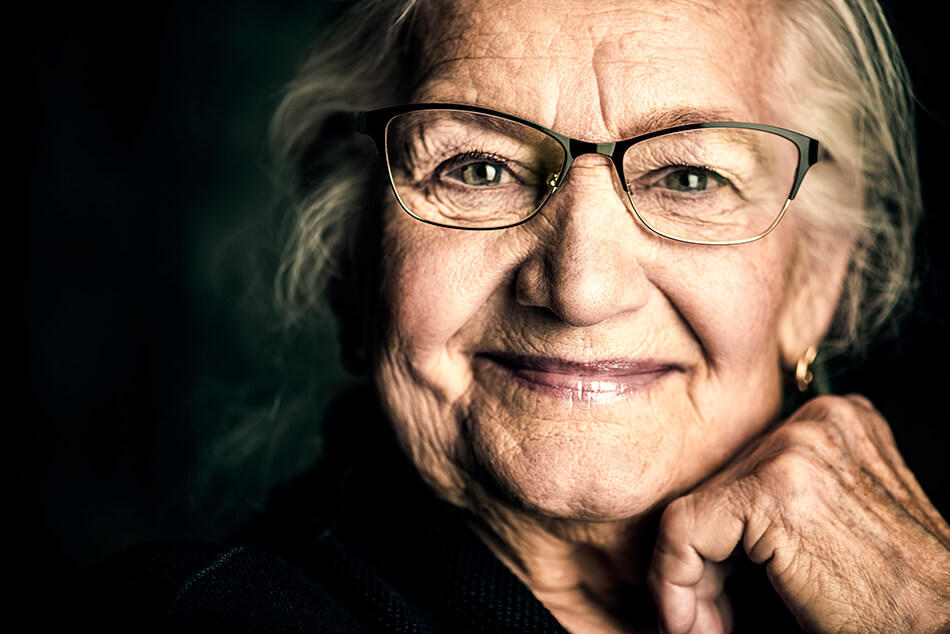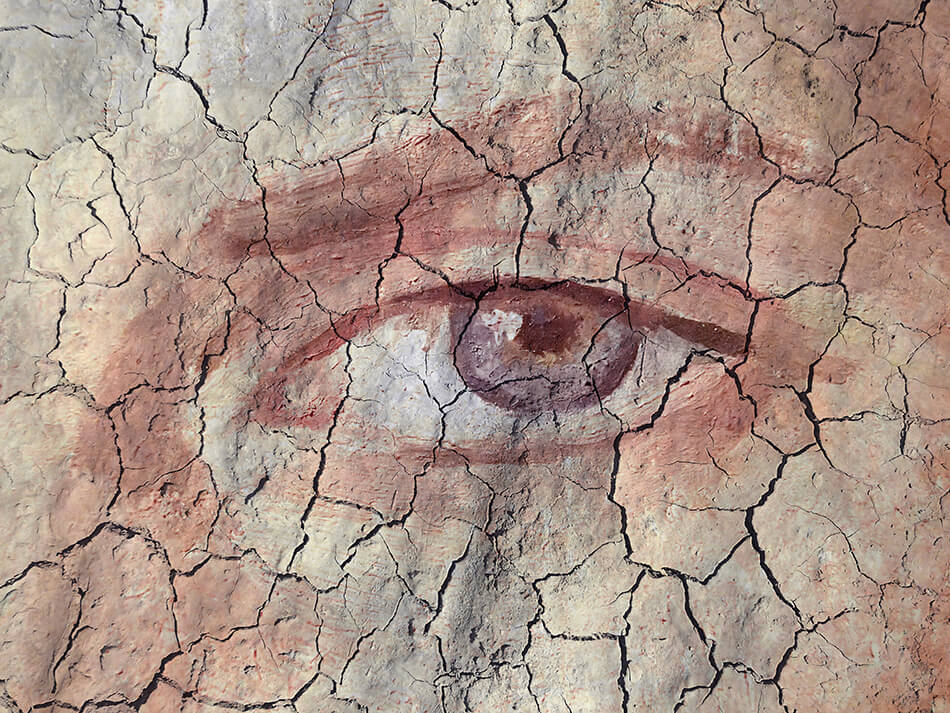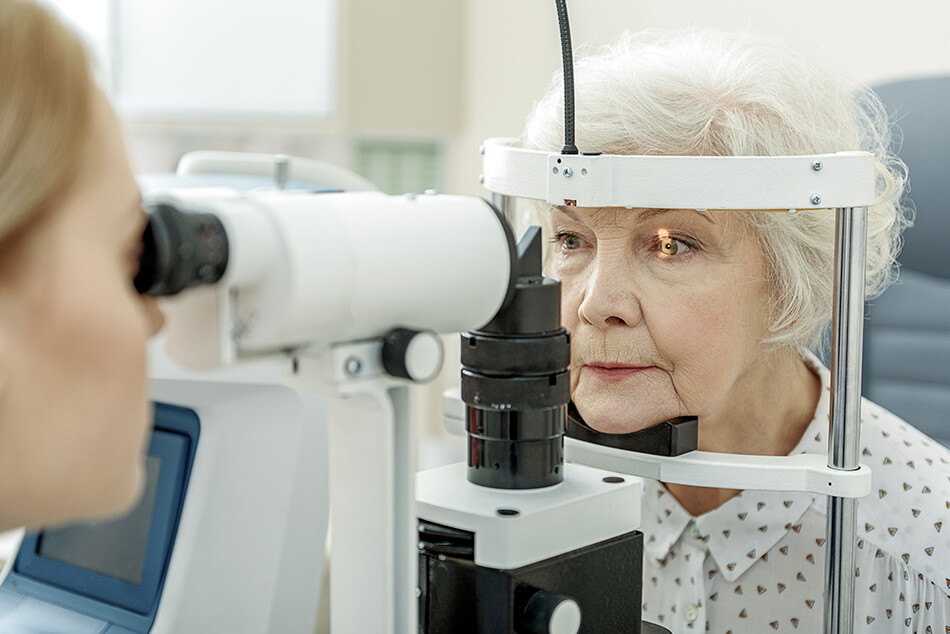Why Women’s Vision Fails And How to Avoid It
Did you know eye disease affects more women than men, and a woman’s vision changes significantly when they’re in their 50s and 60s? Small things, like needing to adjust the prescription of your glasses or lenses, aren’t too much to worry about. However, older women are at higher risk than men for developing eye diseases such as age-related macular degeneration, cataracts, glaucoma, and dry eye.
Vision problems might seem like a normal part of aging, but why the disproportionate effect? There is no clear-cut answer to that question, but scientists have a few theories on why women’s vision fails more than men’s and how to avoid it.

Common Problems Affecting Women’s Vision Health
Protecting the health of women’s vision is a global issue. As of 2015, statistics show that of the 253 million visually impaired people in the world, 55% (139 million) are women. In some parts of the world, gender inequality and other socio-economic and cultural factors prevent women from accessing eye care.
Yet, this imbalance between men and women affected by vision loss also affects the United States where 15.3 million women have experienced severe vision loss compared to 10.1 million men.
The following are a few of the most common problems affecting women’s vision health.
Refractive Errors and Cataracts
Refractive errors include myopia (near-sightedness), hyperopia (farsightedness), and astigmatism. Usually caused by deterioration in the health of the cornea or distortion in the shape of the lens, refractive errors are usually treated with contact lenses, glasses, or laser correction.
A cataract is caused when aging or injury changes the tissue of the eye's lens. Cataracts are the leading cause of blindness worldwide. However, both refractive errors and cataracts are treatable and early detection can prevent vision loss.

Dry Eye Disease
Dry eye disease sounds like a minor ailment, but it’s actually a serious sight-threatening condition. Treating dry eye in the United States costs $3.84 billion every year in treatment and time off work. Caused by a lack of moisture in the eyes, dry eye is the most common issue affecting the vision and eye health of aging women. As we grow older, our eyes can struggle to produce enough tears to keep them lubricated. The first symptom of dry eye syndrome is redness and irritation. If your vision becomes blurred and normal activities like reading or using a computer becomes difficult, you may have dry eye.
Age-Related Macular Degeneration
Age-Related Macular Degeneration (AMD) refers to a gradual loss of central vision. The macula is a small area close to the center of the retina. Made up of millions of light-sensing cells, the macula turns light into information that can be read by the brain.
Damage to the macula is serious as it makes it difficult for those affected to see what is straight in front of them. Colors may appear less vibrant and light may appear dimmer. Blank spots may appear in your central vision and overall vision becomes blurred. Progression of AMD can be slow or rapid, leading to loss of vision in both eyes. Women make up 65 percent of AMD cases in the United States.

Reasons Women’s Vision is More at Risk than Men’s
1) Women Live Longer
One simple explanation is that women live longer than men. Men have a 39% higher mortality rate than women in the USA. As most conditions that affect vision, such as cataracts and age-related macular degeneration, worsen with age, it makes sense that more women than men would be affected. However, the disparity is large enough that even if you take women’s longer lifespan into account there are more women than men affected by vision loss.
2) Hormonal Changes
Many common eye diseases that affect women’s vision occur after menopause. Menopause is the time in a woman’s life when her ovaries cease to function. This change leads to female hormone deficiencies that may lead to eye disease. Estrogen, in particular, is thought to be protective of the optic nerve. Menopause has been linked to glaucoma, an eye disease that damages the eye’s optic nerve and those who experience early menopause are over two and a half times more likely to be affected.
3) Autoimmune Disease
Some experts see a link between women’s vision issues and autoimmune disease. Autoimmune diseases affect more women than men and occur when the body produces antibodies that attack its own tissue.
Autoimmune diseases are inflammatory conditions and include diseases like lupus and multiple sclerosis. Triggered by allergens, environmental toxins, an inflammatory diet and infections, autoimmune diseases often strike women of childbearing age. Tissue inflammation is a key symptom of autoimmune disease. Inflammation of eye tissue could lead to eye dryness and irritation which in turn leads to more serious eye conditions.
4) Lifestyle and Neglect
More women have untreated refractive errors than men. Women tend to be primary caregivers, both of children and the elderly, and may not prioritize their own healthcare. Yet, failure to treat refractive errors and delaying diagnoses of cataracts and AMD exacerbates the problem.
Lifestyle factors also contribute to women’s vision loss. Smoking, being overweight and over-exposing your eyes to the sun’s UV rays can leave you at greater risk of experiencing vision loss later in life.

How You Can Improve Your Vision Today!
The most important thing women can do to protect the health of their eyes is to take any vision changes seriously. No one should ever skip their annual eye exam. It is imperative that you have your eyes examined and get a new prescription if you wish to change your glasses or contact lenses. Spend some time finding out if you have a family history of eye disease. This information will help your eye care professional monitor your condition. The health of your eye is also a good indicator of the health of your entire body. Eye doctors can diagnose diseases affecting other parts of your body by looking at your eyes.
Women can also reduce their risk of developing eye disease later in life with vitamin supplements. Vitamin D deficiency has been linked to dry eye. Taking a vitamin D supplement is an easy way to improve your eye health. Specially formulated vitamin combinations containing lutein and zeaxanthin, zinc, vitamin B1, omega-3 fatty acids and Vitamin C are proven to improve eye health. Always check with your doctor before you start a new vitamin regimen.
Research has shown a correlation between a healthy diet and a reduced risk of developing AMD. A healthy diet is one that is rich in leafy greens, fruit, dairy, legumes, and oily fish. Working out, quitting smoking and shunning fatty foods can also improve your health overall and lower your risk of eye disease.
Women’s vision is precious and we should do all we can to protect it!
